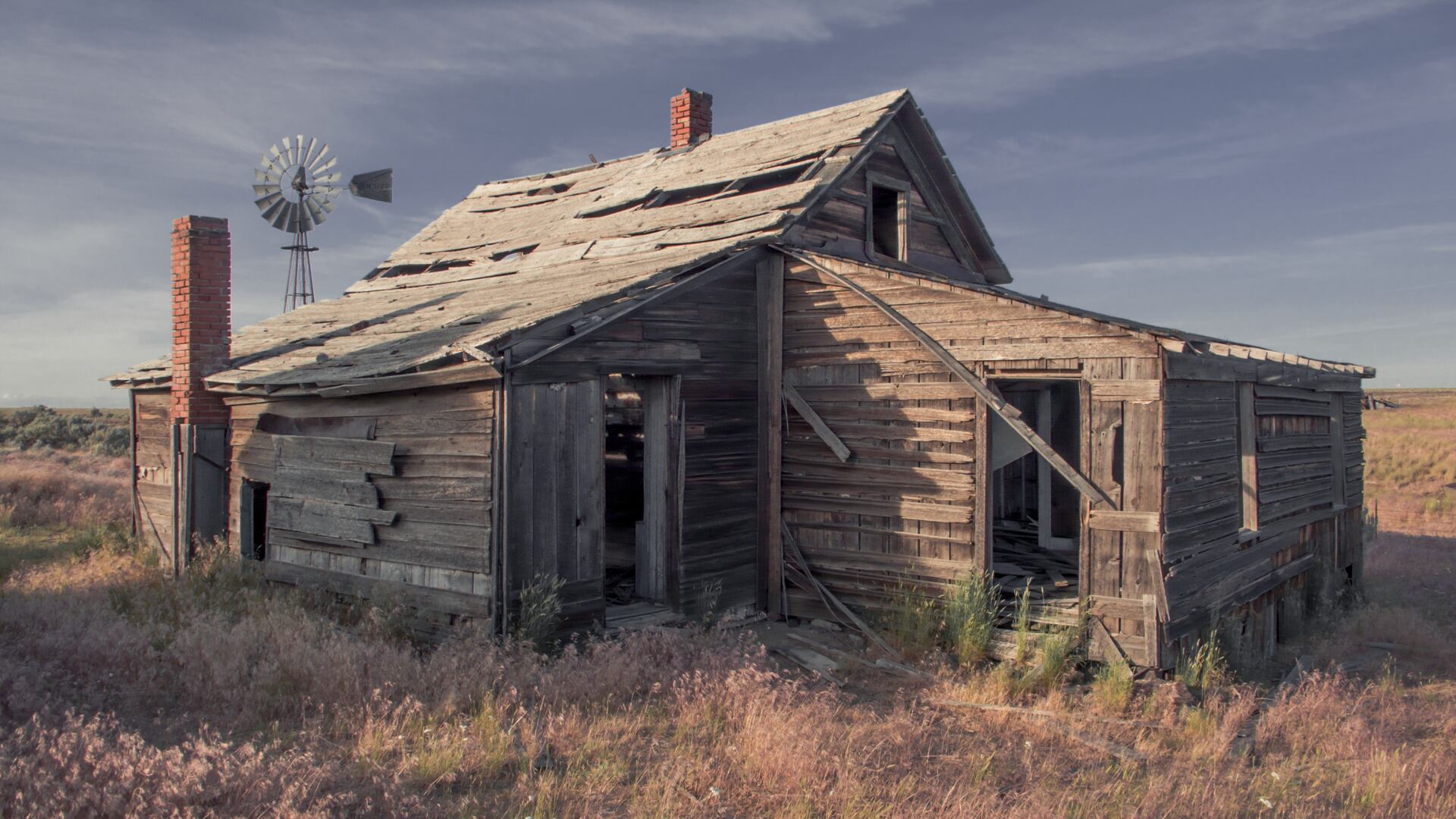It's no surprise that during a year where Portland saw a record number of 90-degree days, drought conditions across Oregon have reached critical levels.
According to the National Integrated Drought Information System, 93 percent of the state is in a drought and 100 percent of the state is classified as abnormally dry.
Oregon saw a 15% increase in Extreme (D3) #Drought this week w/ 93% of the state in drought & the rest abnormally dry #DroughtMonitor
— NIDIS (@DroughtGov) September 6, 2018
A hot, dry summer combined w/ poor winter #snowpack led to poor pasture/range conditions, reduced herds & low stream flows & livestock ponds pic.twitter.com/7cvwIruKm2
Also, as the latest water condition report from the Oregon Water Resources Department notes, expanding drought conditions have pushed 70 percent of the state, including Portland, into "severe" drought status.
A severe drought classification indicates losses of pastures and cropland as well as probable water shortages.
The current drought is a result of both record heat—on Sept. 5 Portland saw its 31st day over 90 degrees Fahrenheit, making this the hottest year in city record by that measurement—and abnormally sparse rainfall.
In the last 90 days, NIDIS reports, precipitation levels in western Oregon were the lowest they have been in 40 years.
And while shifting weather patterns have cleared smoke from city skies, and improved Portland's air quality, there are still many active blazes throughout the state.
Related: Portland Wakes Up to the Worst Air Quality of Any Major North American City
NIDIS counts 14 large wildfires currently burning over 116,500 acres.
"Significant fire potential," the agency writes, "is expected to be above normal through September."
UPDATE, 2:51 pm: Across the border in California, the enormous Delta fire has shut down 14 miles of Interstate 5.
